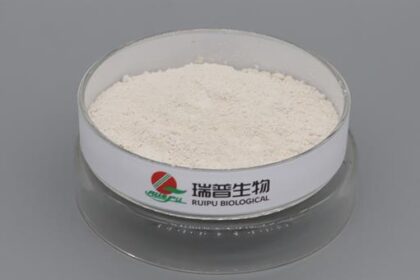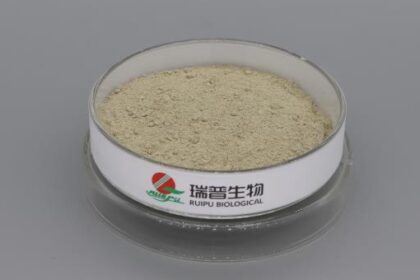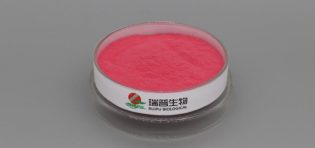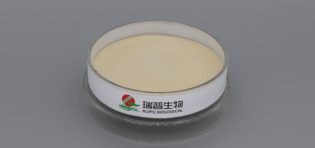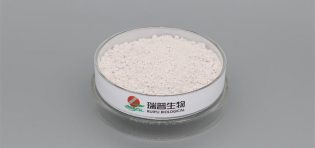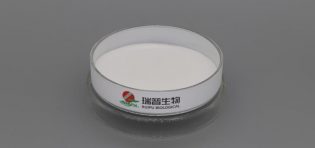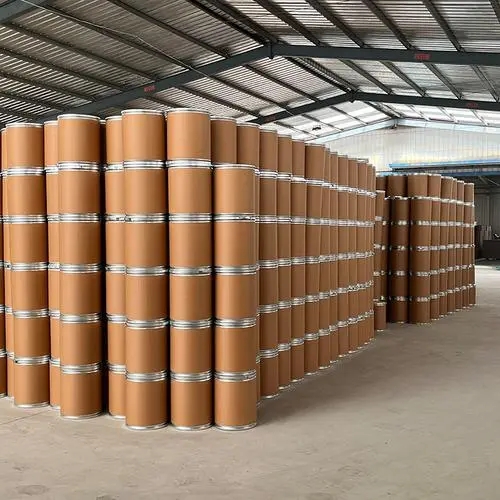
Taurine requires relatively high storage conditions to ensure its stability and effectiveness.
Taurine should be stored in a cool, ventilated warehouse and preferably kept at room temperature, avoiding exposure to high temperatures. High temperatures may accelerate chemical reactions, leading to deterioration or reduced effectiveness. The storage environment should remain dry to prevent moisture, as high humidity can cause taurine to clump or absorb moisture from the air, affecting its quality.
Taurine should be stored away from light, avoiding direct sunlight. Prolonged exposure to light can trigger photochemical reactions, leading to decomposition or deterioration. It is typically packaged in 25-kilogram cylindrical paperboard barrels, cartons, or paper bags lined with two layers of polyethylene bags. This packaging helps to block light and seal the contents, maintaining stability. During storage, the packaging should be kept intact to prevent damage that could lead to contact with air.
During storage, taurine should be kept away from fire sources and heat to prevent fire or explosion accidents. It should also be stored separately from oxidizing agents, as they could cause oxidation reactions, leading to deterioration. The storage warehouse should use explosion-proof lighting and ventilation facilities to ensure a safe storage environment. When storing and handling taurine, spark-producing machinery and tools should be avoided to prevent fire or explosion.
The storage area for taurine should be equipped with emergency spill response equipment and suitable containment materials to promptly handle any leaks.
The storage requirements for taurine include controlling temperature and humidity, protecting from light and proper packaging, ensuring safety and isolation, and preparing emergency response equipment. These measures help ensure the stability and effectiveness of taurine, thereby ensuring its optimal performance during use.


